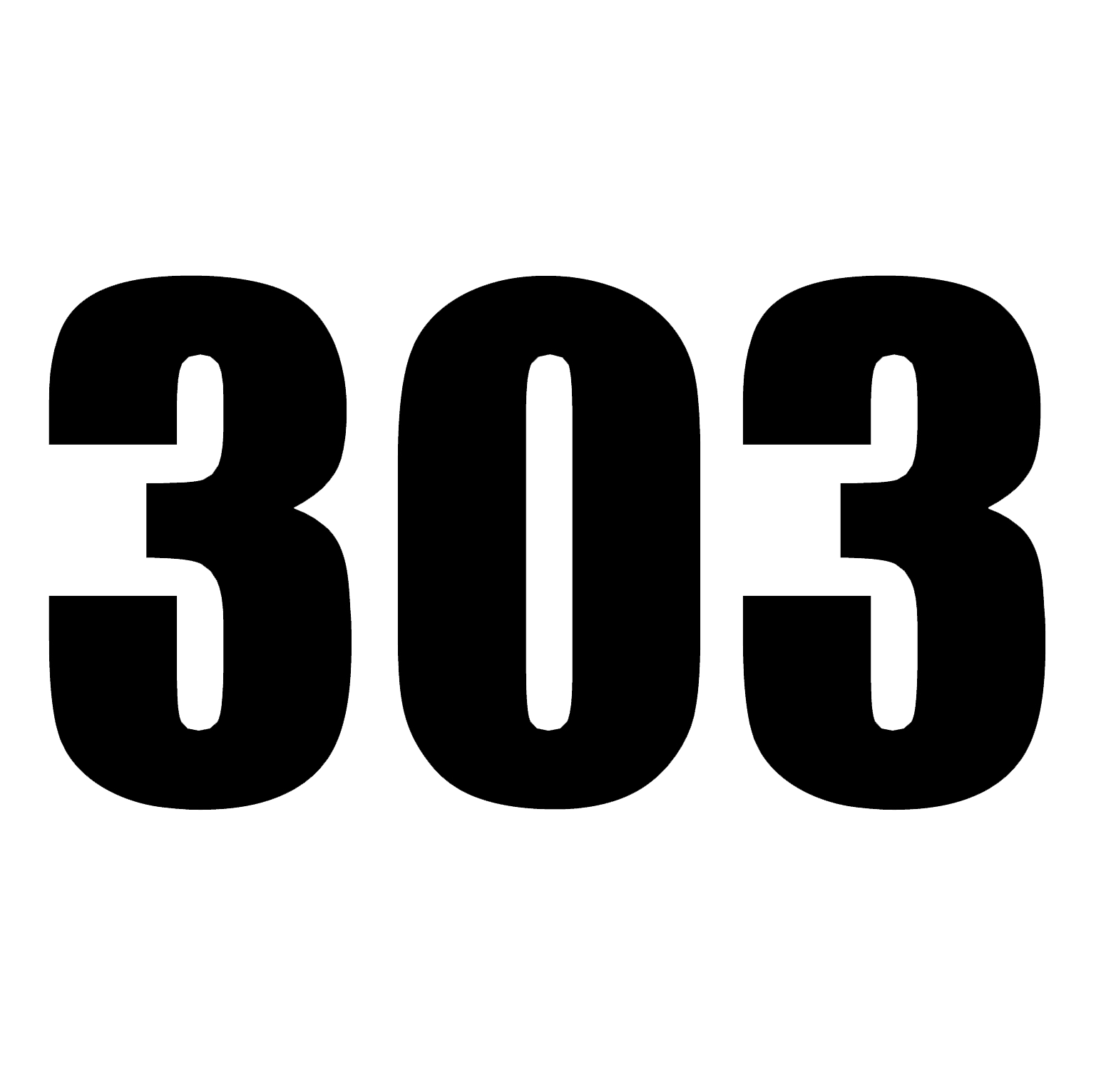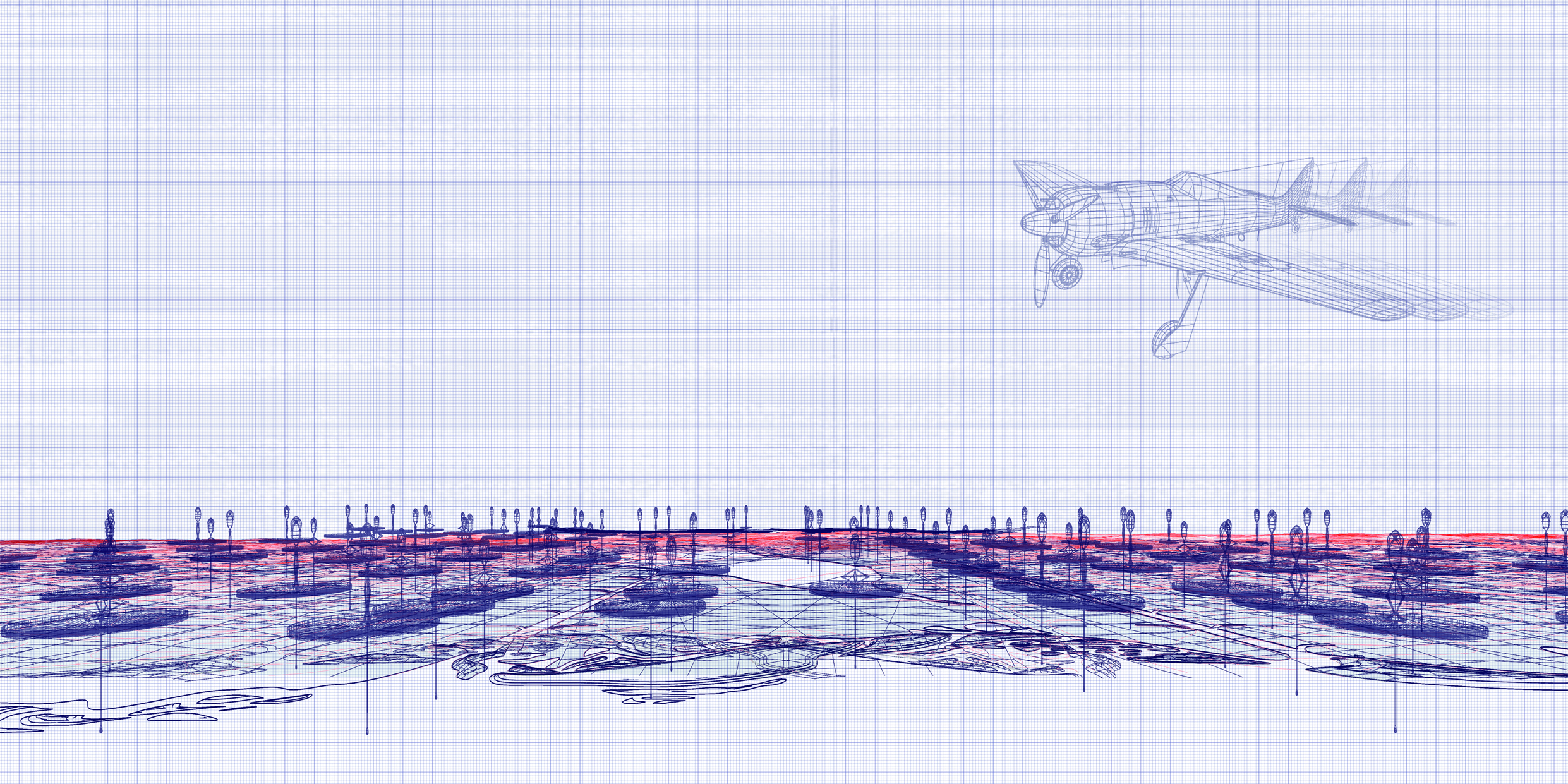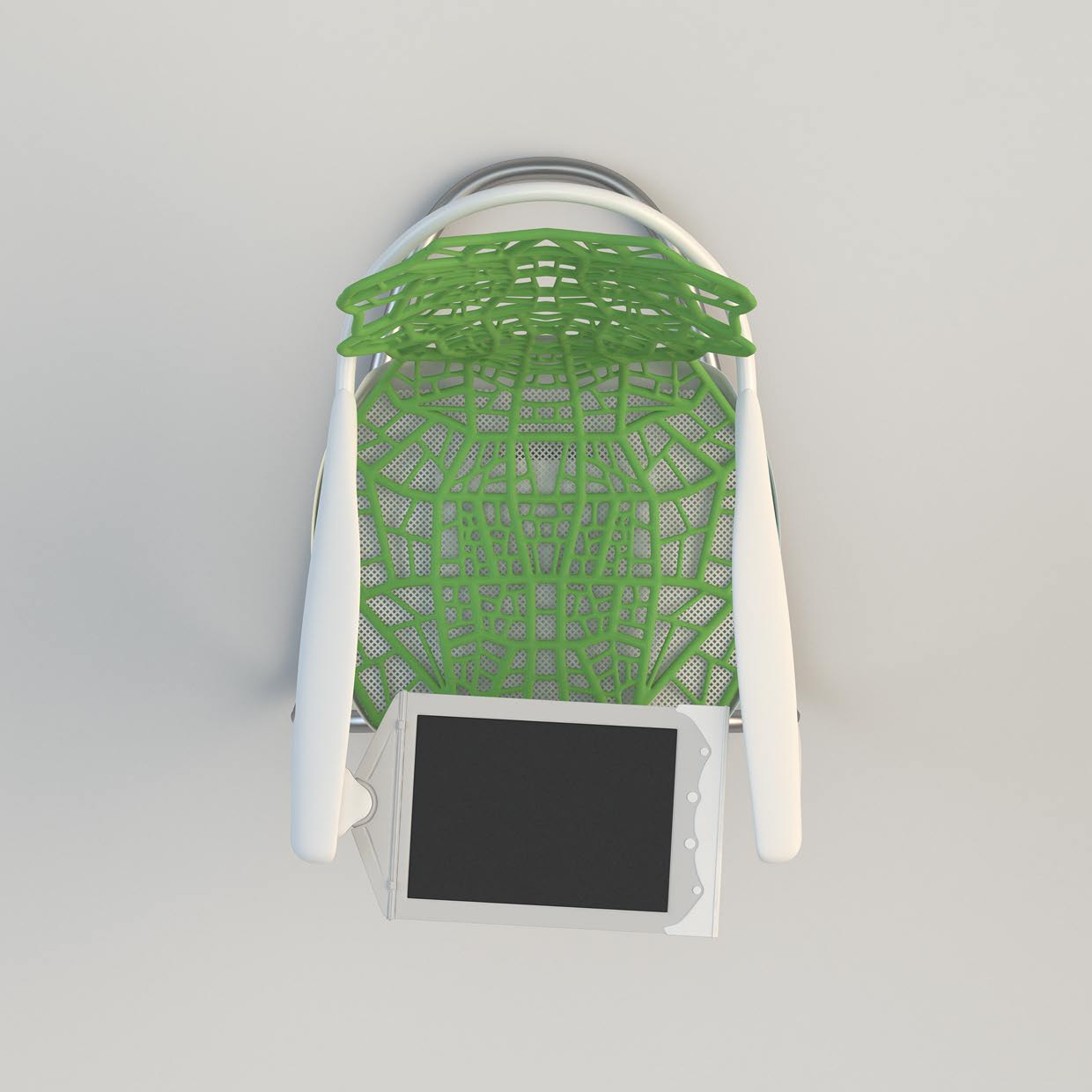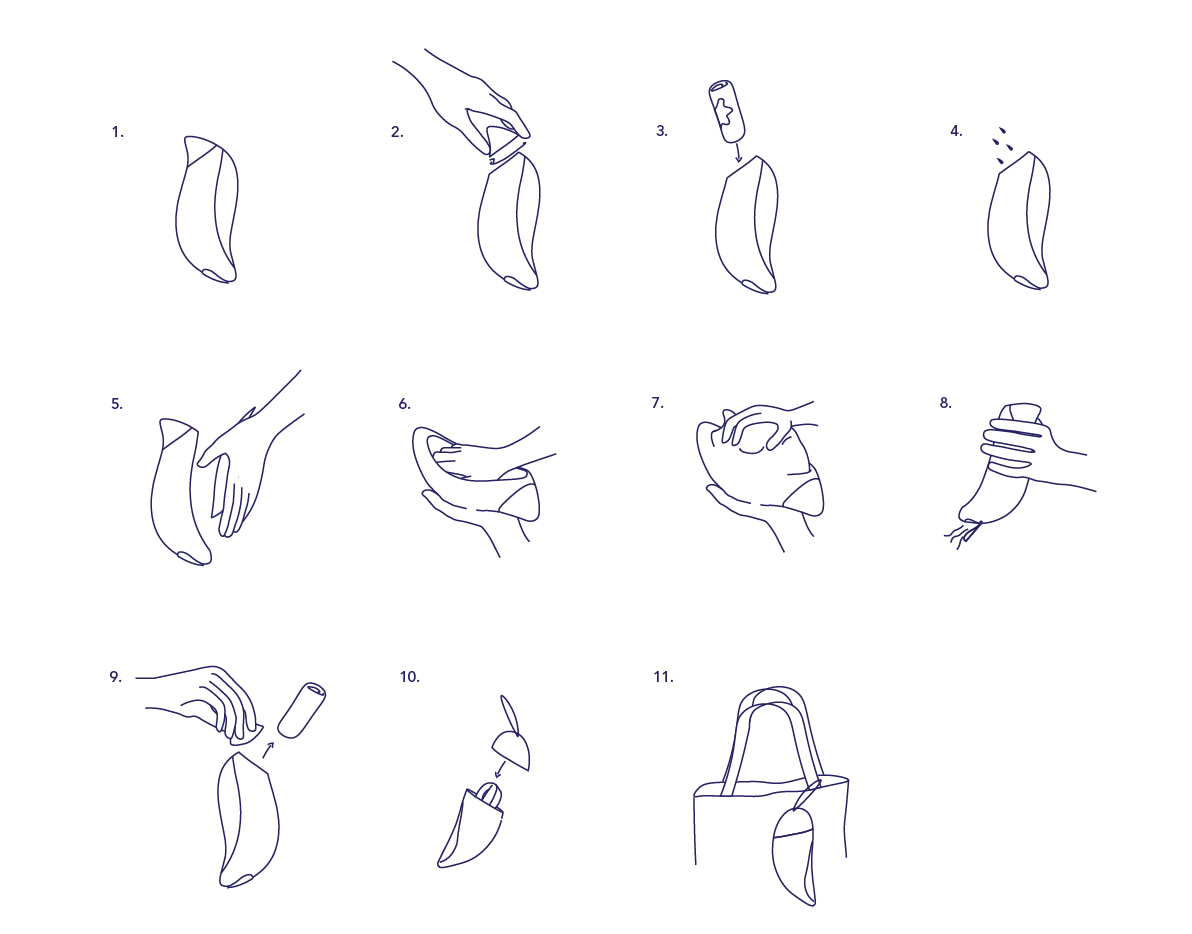Interviewed by: Anamaria Buljan, Kristina Gotvald (FGAG, Split)
The project of Split 3 is, with certainty, a project of most importance for Split, ‘the City under Marjan’. 2018 marks 50 years since it’s introduction, so to honor the fact, a manifestation under the name ’50 years of Split 3′ was held at the beginning of summer. It included an exhibition, lectures, round tables and other ways of showcasing the project, what it meant to the citizens back then and what it means for them now. This occasion was an opportunity for Tristotrojka to to visit the exhibition in Split and talk to the people behind it – dr. sc. Višnja Kukoč, docent at the desk for urban planning at the Faculty of Civil Engineering, Architecture and Geodesy Split, and Jelena Borota, an urban planner in the City of Split.
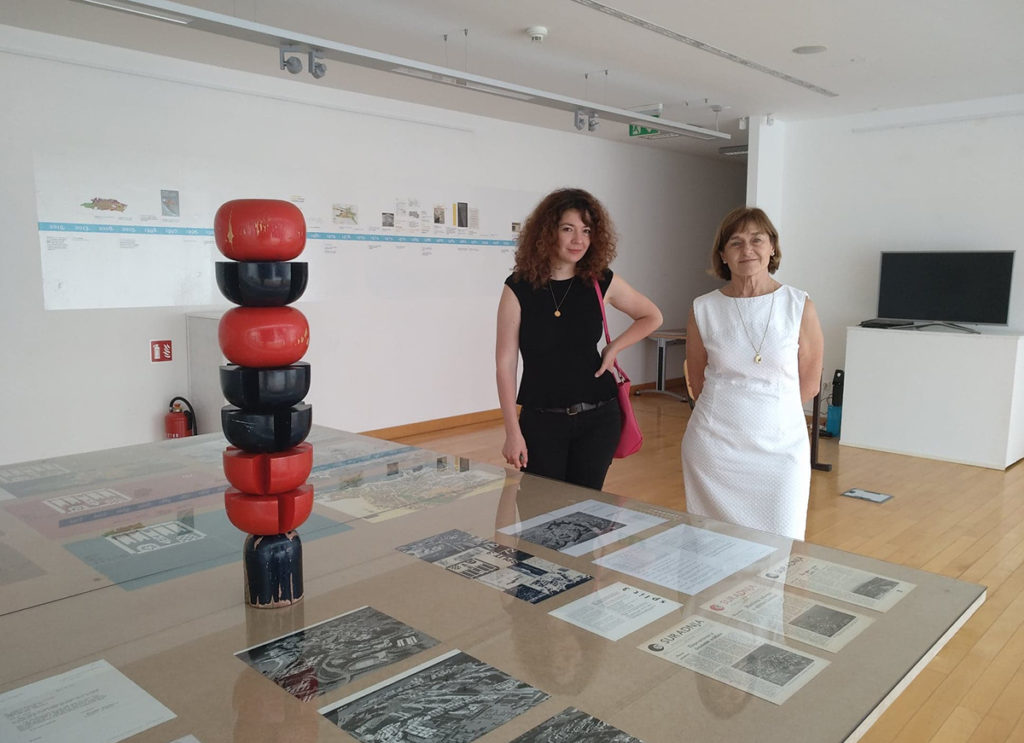
303: Would you talk us through the exhibition and how it was conceived?
Borota: The exhibition starts with a short movie on the topic of Split 3. We used a classic approach to this topic, using the timeline that showcases different social and political events related to Split. The first date on there is 1968, when the project was brought to public for the first time. Further on we have the originals from the National archives of the Republic of Slovenia, as well as a wall containing different schemes and drawings that show us the story of Split 3 a bit more detailed. The final part is the photo wall which shows different scenes from day to day life of people living in Split 3. It’s interesting as the focus there is on the people, not architecture.
The main idea of the whole exhibition was to make it easy to understand and create interest, not only among architects, but a wide variety of people. Nothing makes us more thrilled than to have different schools, students, professors coming in here to have us introduce them to the exhibition. In the end, it might be useful for all of us in the future. Ground floor accentuates the urban planning of Split 3, first floor architecture. There’s a part of the exhibition dedicated to Ivo Radić, and another part dedicated to Dinko Kovačić. After all, at the mention of ST3, it is exactly his name that comes to mind first. Last part of the exhibition is dedicated to Vasko Lipovac, whose family was a huge contributor to this entire story and we are extremely grateful for their help.
303: Could you tell us more about the video that introduces the visitors to the exhibition?
Borota: The video was filmed during the 70s. The director is Ivan Martinac, Ante Verzotti is the man behind the camera, and the music is by Alfi Kabiljo. The video was used as a movie journal. Back then, journals like these were shown before the billed films in cinemas.
Kukoč: That is exactly how we got to this video. One of my colleagues told me about a video he saw in the cinema once, so we tracked it down to Slovenia. It is an important part of the exhibition.
Borota: It is important to mention that this was the time when films were made in step with the times. Giancarlo de Carlo, Giovanni Astengo, Manfredo Tafuri, among other European urban planners, make such promotional films in which the main goal is to show how urban planning and architecture could change everyday lives. They were made for a broad circle of people, which is definitely an advantage. My former professor, Leonardo Ciacci, had the topic of ‘films of urban planners’ (Cinema dei urbanisti) as his lifelong topic of interest. He will have told the story of the films and the ways they were used as propaganda.
Kukoč: These people were international experts, as shown here. Aldo Rossi, and the correspondence regarding La Trienalle di Milano…
Borota: Mušič was the first internationally recognized name in terms of urban planning, not related only to Split 3 but the entire work of his. Still, Split 3 was constantly brought up in these letters. He was being invited to make a series of lectures at Harvard or Milano University. Split 3 had always been among the most, if not the most interesting thing he worked on.
303: Regarding the film… You mentioned it being found in Slovenia. What was their reaction to the exhibition? How cooperative were they?
Kukoč: There was absolutely no problem. The movie was kept in certain institutions, but the movie had already been lent to me during the times I was working on my phD. Split 3 was a major part of my research and it served as a starting point for the model of planning small cities that I have made. While working on it, I interviewed Josip Vojnović, Braco Mušič, Jakša Miličić and Marijan Bežan. Mušič made it all possible for me back then, I was the first one that dealt with this topic in a more serious manner. Mušič was the director of the Institute of Urban Planning of Slovenia, which gave him the possibility to look through the archives. We also got the scans of the memorial book of Split 3, where we discovered inscriptions made by Jane Jacobs and Giancarlo de Carli, among others.
Borota: That is a part we do not mention in the exhibition, other than the quotes by Jacobs and de Carli that are being shown on the timeline. There’s more famous names on there, such as Donald Appleyard or Romano Burelli… Everyone was extremely cooperative, from the Slovenian archives to the Museum of Architecture in Zagreb. Last summer an exhibition Višnja was a part of was awarded the Plečnik medal, which is an equivalent to our UHA awards (‘Croatian Architects Association’). The exhibition was set in Ljubljana and it was dedicated to the work of Vladimir Braco Mušič. We’re talking his entire life and work, not only work related to Split 3. In a way, it made things easier for us, but on the other hand it set the bar extremely high. But the space we got here is phenomenal, so with the help of the head of the Library and Hana Paleka, a student of architecture here in Split, the exhibition was set successfully. The ‘Kvart’ (croatian for neighbourhood) association also helped a lot with the exhibition opening. It is so thrilling to have people not only recognize the exhibition as something vital, but help make it happen as well.
303: How long was the exhibition in preparation? When did the idea to set it up start?
Kukoč: The exhibition was in preparation for two and a half years. I heard from Jelena that there was a competition from the Ministry of Culture that we could apply for. The more I got into the topic, the more it grew important to me. At first, it might have seemed a bit naive, but had it not been so, it would not have been accomplished. That is when you realize how good and significant it is. Each and every one of us had an important part in this story.
Borota: As in proper urban planning, this was all team work. There’s always multiple different professions included, it is not all in the hands of architects. Of course, leadership by Mušič and Vojnović was crucial. Without it the whole thing would have most likely fallen apart, but there’s more names to mention. It is important to note the synergy needed for things to work out, which we wanted to show in the exhibition – how things worked back in the analog time when many different contributors participated in planning and making things happen. We also showed the effort put in by Josip Vojnović. He is the person that was part of this project from the very start.
It started off with analyses, certain guidelines for the project, and all of it put together served as a foundation for the competition. It is important to mention that the competitors were encouraged to use their concepts to change and upgrade the given instructions. They were not asked to follow the program blindly. Changing the program was seen as something positive.
The ‘Split 3’ project began it’s process at the end of the 60’s. A competition was held and the jury named the project under the code-name ‘Žnjan’ as the best work. The authors were from Ljubljana; Vladimir Mušič, Marjan Bežan and Nives Starc from the Institute of Urban Planning of Slovenia. Later on, the first draft was changed and upgraded. A project group called ‘Split 3’ was formed, with members being architects such as Dinko Kovačić, Frane Gotovac, Ivo Radić, among few others. There was a tendency then to bring the people in charge on site. Urban planners, architects, builders, they were all stationed in situ. All of this combined made a perfect way of building a new part of the city. It also shows how important the preparation phase is compared to the realization phase. It may have required more time in the beginning, but it gave better results in the later phases, which corresponds with the words of the mayor of Split at the time, saying they were not building houses, but a city.
303: What exactly was the reason behind the project of Split 3? Could you tell us more about the conditions that eventually led to it being carried out?
Kukoč: Split 3 was the third city district, after Split 1, built until 1945 with around 14.000 living units for around 50.000 inhabitants, and Split 2 built between 1945 and 1965 for roughly the same amount of people. Since then the city grew rapidly. The plan was to build the same number of apartments. The only difference was, they were building a city instead of apartments only. The plans includes schools, kindergartens, post offices…
Borota: When it comes to Split 3, we are talking 341 ha of land and 50.000 inhabitants. The ideas that won the jury over were related to the pedestrian streets concept. There are three things regarding Split 3 that are featured in the exhibition – the interesting organisation of the built, the street concept and public spaces, and the way the primary, secondary and central city spaces were structured.
Kukoč: The plan included the courthouse and other administrative buildings being transferred from the current city center to a new one, to avoid crowding the center further. The coordination was perfect, considering certain changes having been made during the designing process itself.
Borota: Right. From the program to the winning concept, then the basic urban design solution, horticulture plans, projects for urban equipment, and further on to the more detailed plans for certain parts of the neighbourhood, of which plans for Smrdečac and Žnjan are displayed here.
What is interesting is the scale of certain plans of the neighbourhood. We’re talking units for up to 8.000 inhabitants. These units were connected to different civic facilities, such as banks, markets, schools, kindergartens, etc., which contributed to a higher quality of life and overall functionality of the area. A phenomenal urban concept is a great set up for stunning architectural solutions. Some of the best architectural achievements of Split are located within Split 3.
303: What is the impact of Split 3 within urban planning today’ what is the final conclusion of the exhibition?
Kukoč: It is of great importance to bring awareness to Split 3 as a significant part of the city. This was the topic of round tables organised together with representatives of different professions which expressed their opinion on this matter. It is important to understand the core of this project and perhaps use certain models in the further development of the city. As mentioned before, planning requires more than an individual. It is necessary to include different professions to push projects as big as these to a conclusion. Certain circumstances are necessary as well, but also someone who believes in the project and is aware of what it could mean for everyone. It is difficult to say where a project of such scale ends, where city planning ends, but one fact remains – the project of Split 3 remains unfinished, contrary to all the factors mentioned above being present. Where it failed, nobody can tell with certainty.
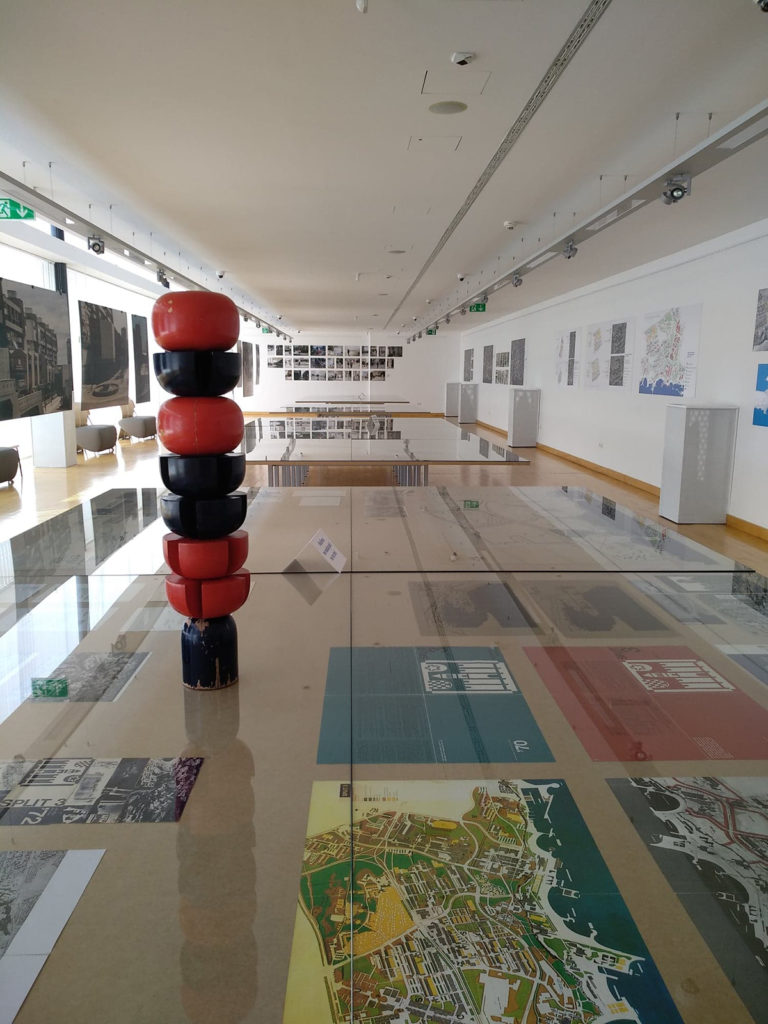
In addition to the exhibition, the manifestation ’50 years of Split 3′ offered a series of lectures catering to both professionals and the public. It is a fact that the quality of life in Split 3 is quite high. The lectures’ purpose was also to allow the professionals to gain input from the urban practice of the time and perhaps apply the knowledge in the further development of the city. It is necessary to mention that the Split 3 project never was brought to an end. Regardless of that fact, it remains the biggest and most impressive architectural-urban project on the peninsula and, 50 years later, it leaves us asking what is next?
